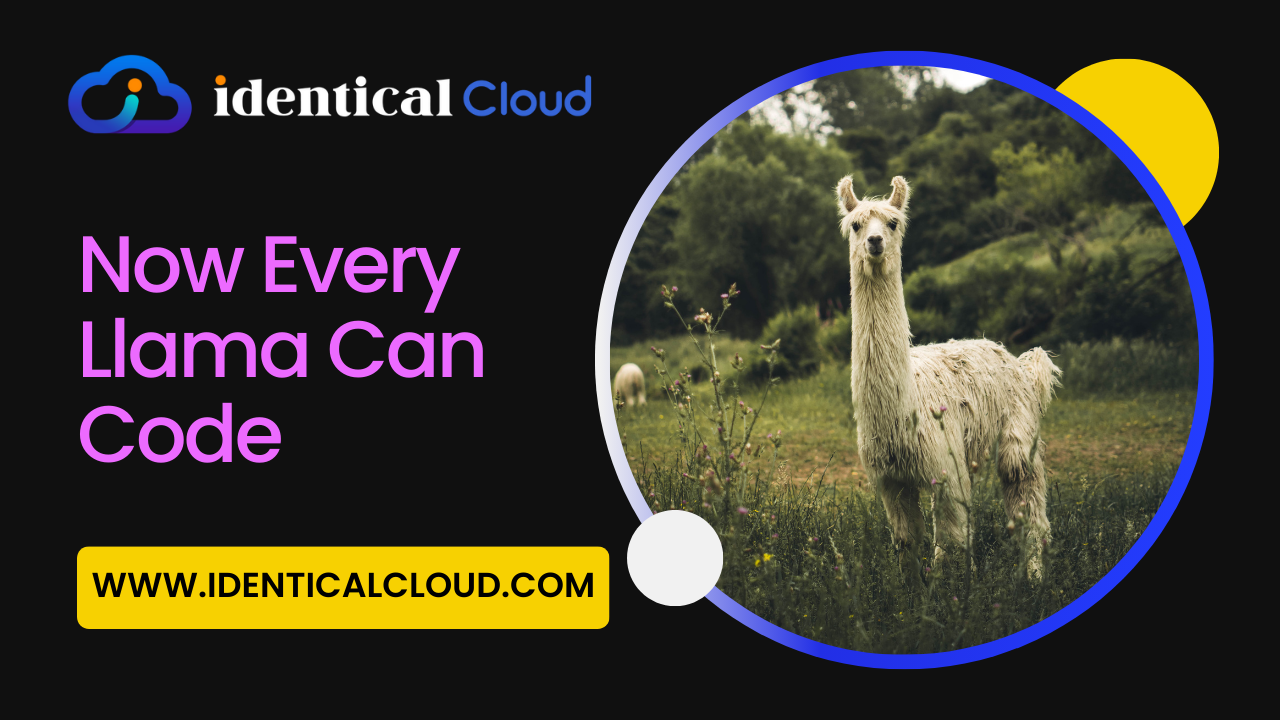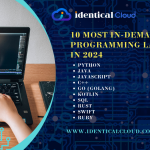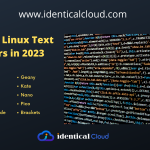
Now Every Llama Can Code
Now Every Llama Can Code
Llama 2 is a state-of-the-art large language model (LLM) developed by Meta AI. It is capable of generating text, translating languages, writing different kinds of creative content, and answering your questions in an informative way. But did you know that Llama 2 can also code?
Meta AI has recently released a new model called Code Llama, which is a fine-tuned version of Llama 2 that is specifically designed for coding. Code Llama can generate code in a variety of programming languages, including Python, C++, Java, PHP, TypeScript, C#, and Bash. It can also be used for code completion, debugging, and code understanding.
Code Llama is a powerful tool that can help developers of all skill levels to be more productive and efficient. It can also be used to teach students about coding and AI.
Here are some of the ways that Llama 2 and Code Llama can be used for coding:
- Code generation: Code Llama can generate code from natural language descriptions of the desired functionality. This can be useful for quickly prototyping new features or for generating code for tasks that are difficult to code manually.
- Code completion: Code Llama can suggest code completions as the user is typing. This can help developers to write code more quickly and accurately.
- Debugging: Code Llama can help developers to debug code by identifying potential errors and suggesting fixes.
- Code understanding: Code Llama can help developers to understand code by generating natural language descriptions of code. This can be useful for learning new codebases or for understanding complex code.
Code Llama is still under development, but it has the potential to revolutionize the way that code is written and maintained. By making coding more accessible and efficient, Code Llama can help to democratize software development and make it possible for everyone to create the next great software product.
Here are some specific examples of how Code Llama can be used:
- A web developer can use Code Llama to generate a basic HTML and CSS template for a new website.
- A mobile developer can use Code Llama to generate the code for a simple mobile app.
- A machine learning engineer can use Code Llama to generate the code for a new machine learning model.
- A data scientist can use Code Llama to generate the code for a data pipeline.
- A student can use Code Llama to learn new programming languages or to get help with coding assignments.
Code Llama is available in three sizes: 7B, 13B, and 34B parameters. The larger models are more powerful and can generate more complex code, but they also require more computing resources to run.
To use Code Llama, you can either access it through the Meta AI Model Garden or through a third-party API. There are also a number of Code Llama plugins and integrations available for popular code editors and IDEs.
Code Llama is a powerful tool that has the potential to be used by a wide range of people, from professional developers to students. It is still under development, but it has the potential to revolutionize the way that code is written and maintained.
The Accessibility Revolution
Not too long ago, coding was often seen as a mysterious and complex skill, reserved for a select group of tech-savvy individuals. The barriers to entry were high, with coding languages appearing cryptic and intimidating to beginners. However, the tech industry recognized the need for change, and the movement to make coding accessible to all began.
1. User-Friendly Interfaces
One of the most significant developments has been the creation of user-friendly coding platforms and interfaces. Platforms like Scratch, Tinkercad, and Code.org use block-based coding, making it as simple as dragging and dropping puzzle-like pieces to create code. These platforms are designed for children and beginners but are equally powerful tools for adults wanting to learn to code.
2. Online Coding Courses
The internet has been a game-changer in the world of education. Online platforms such as Coursera, edX, Udemy, and Khan Academy offer a vast array of coding courses, ranging from beginner to advanced levels. Many of these courses are affordable or even free, making coding education accessible to a global audience.
3. Coding Bootcamps
Coding bootcamps have gained popularity as intensive, short-term programs that provide hands-on coding experience. These bootcamps often offer financing options and job placement services, enabling career changers to enter the tech industry.
The Benefits of Learning to Code
The democratization of coding education carries immense benefits for individuals and society as a whole:
1. Problem-Solving Skills
Learning to code nurtures problem-solving abilities. Coders learn to break down complex problems into manageable tasks and develop step-by-step solutions.
2. Creativity and Innovation
Coding empowers individuals to create and innovate. Whether it’s developing a new app, designing a website, or automating tasks, coding fuels creativity.
3. Career Opportunities
Coding skills are in high demand in today’s job market. Learning to code can open up a wide range of career opportunities in technology, from software development to data analysis.
4. Empowerment
Coding empowers individuals to take control of their digital lives. It enables them to understand and modify the technologies they use daily.
5. Global Community
Coding creates a global community of learners and problem-solvers. Online forums and communities enable coders to connect, collaborate, and support each other.
The democratization of coding education is a powerful movement that is transforming the way we think about technology and learning. It’s not just about making coding accessible; it’s about empowering individuals to become creators, problem-solvers, and lifelong learners.
So, whether you’re a child, an adult, or even a llama, don’t be afraid to explore the world of coding. The possibilities are endless, and you might just discover a newfound passion or talent along the way. The era of “Now Every Llama Can Code” represents the inclusive future of technology and education, where anyone can embark on a journey of digital discovery and innovation.










